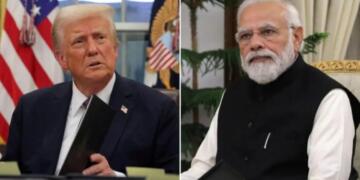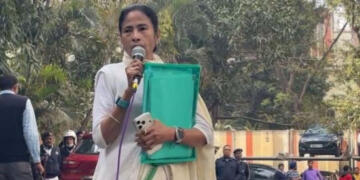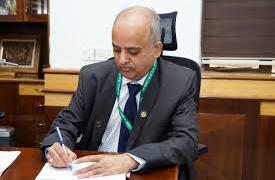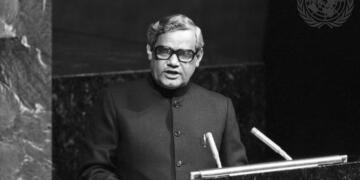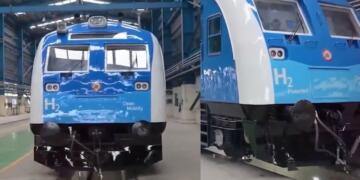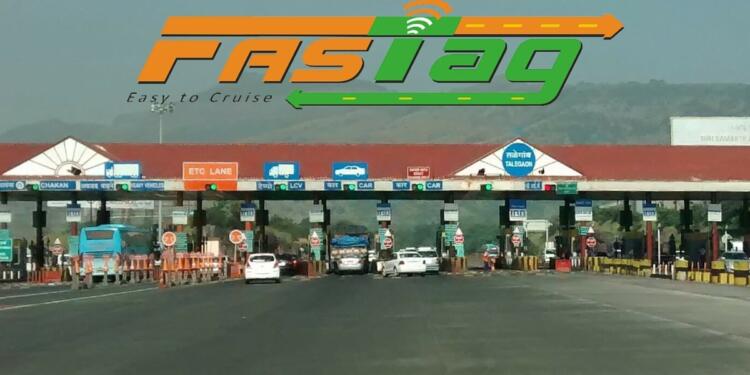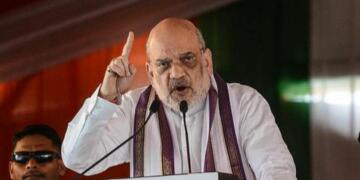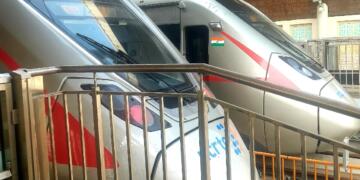Union Minister for Road Transport and Highways, Nitin Gadkari, has announced the introduction of a FASTag-based Annual Pass priced at ₹3,000. The new system, aimed at private vehicle owners, will be rolled out from August 15, 2025, and is expected to significantly improve highway travel and toll collection efficiency.
This annual pass is tailored for private non-commercial vehicles—including cars, jeeps, and vans—and is valid for either 200 trips or one year from the date of activation, depending on which comes first. It is particularly beneficial for daily commuters who regularly use national highways.
According to the Ministry, the initiative aims to reduce congestion at toll plazas, eliminate the need for monthly renewals, and offer a smoother experience for motorists.
How to Apply and Use the Pass
Motorists will be able to purchase, activate, and renew the pass via the Rajmarg Yatra app, the official NHAI website, or the Ministry of Road Transport and Highways (MoRTH) portal.
Announcing the plan on social media platform X (formerly Twitter), Gadkari said the new model addresses key public concerns. “By offering a single, affordable payment solution, we aim to reduce wait times, simplify toll procedures, and minimize disputes,” he noted.
Cost Savings for Commuters
Currently, frequent travelers often rely on monthly toll passes priced at ₹340, amounting to ₹4,080 annually and requiring repeated documentation. The new annual option cuts this cost to ₹3,000 and eliminates the need for monthly paperwork—offering savings of ₹1,080 per year.
Once the 200-trip limit is reached, users can simply recharge the pass to continue usage.
Applicable Tolling Systems
The pass will be compatible with both major toll collection models:
Closed tolling systems (e.g., Delhi-Mumbai Expressway): A trip is defined from entry to exit and charged at the point of exit.
Open tolling systems (e.g., Delhi-Chandigarh): Each toll plaza counts as one trip.
Addressing Key Public Grievances
The Ministry highlighted that the initiative responds to long-standing issues such as:
Toll plazas located within 60 km of each other.
Toll booths situated too close to urban centers.
Frequent conflicts and delays at toll collection points.
This policy forms part of a broader government effort to make highway travel more cost-effective, efficient, and user-friendly.
Private Vehicles: High in Numbers, Low in Revenue
Government data shows that private vehicles make up 53% of highway traffic but contribute only about ₹8,000 crore to the total ₹55,000 crore toll revenue in 2023–24—just 21% of the total collection. In contrast, commercial vehicles, which operate continuously, generate the bulk of toll income.
The new FASTag annual pass is expected to streamline toll management and ease travel for millions of private motorists, while supporting the continued modernization of India’s national highway system.



